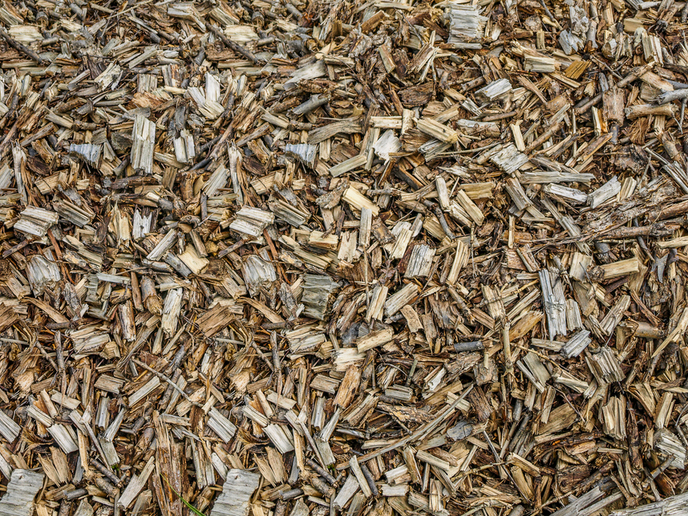Towards sustainable bio-pretreatment of cotton textiles
The high requirements for chemicals, water and energy usage in current fabric pretreatment processes have brought significant problems to the textile industry. Particularly, the cotton scouring process involves utilisation of large amounts of the potentially toxic sodium hydroxide that ends up in wastewater. Although this wastewater is normally neutralised and purified, salt residues may still remain that may eventually end up in rivers and the sea. To answer this need, the BPT project developed an integrated bio-pretreatment process that takes place before dyeing and finishing procedures of cotton fabrics. Conducted research identified two enzyme systems applicable for the bio-scouring process, the pectate lyase from B. pumilus and two polygalacturonases (PGs) from S. rolfsii. The first alkaline enzyme features a very good bio-scouring performance under alkaline conditions normally found when the bio-scouring and desizing processes integrate. Additionally, the lyase enzyme is extremely stable even at high temperatures such as those required in the beginning of the process. The PGs may perform well under acidic conditions, which may be required in the bio-bleaching processes and is less stable than lyase under temperature variations. Based on the developed enzymes, an innovative bio-scouring process was developed for use in both batch and continuous mode operation. In batch mode, moderate temperatures are used for longer time periods followed by higher temperature periods that are required for efficiently removing the undesirable substances. In continuous operation, the high-temperature bio-scouring process with the minimum amount of fabric hold-up lasts only 3-5 minutes including the subsequent rinsing process. Unlike conventional processes that may last hours, this innovation offers a substantial increase of the pretreatment capacity and simpler logistics within the mill. The developed continuous bio-scouring process has also been adapted in order to be integrated with the existing enzyme-based desizing process. This adaptation involved a two-phase building process for enzyme incubation and the addition of an enhanced mass transport method. In addition to the time savings, there are substantial savings of energy and water consumption due to narrower time window and omission of rinsing steps respectively. Most importantly, environmental benefits are also involved since no toxic chemicals are used and the hydroxide odours are absent in the mills.







